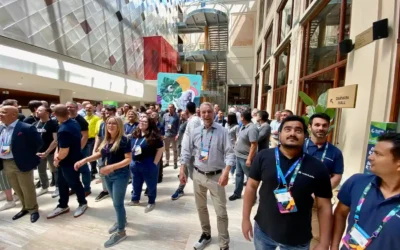In IT sales, it is crucial to understand the needs and challenges of your future customers in order to develop a successful sales strategy. An effective way to achieve this is to use user research as preparation for the first meeting. By understanding the wishes, comments and also recognition of your customer's target group, you can present an optimized and tailor-made solution.
Understand your customer's product world
User research allows you to delve deep into the world of your potential customers. By analyzing the feedback of the target group that uses the customer's products, you can gain valuable insights into their experiences and challenges. This understanding lays the foundation for authentic communication and shows your customers that you really understand their needs.
Address sweet spots - start positively
Mirror the positive feedback from your target group to your customer: what is going well, what users like, what the difference is to the competition. This gives you a positive start to the conversation and allows you to build up suspense on the topics: Where do they stand? What are the challenges? Where is there potential for innovation?
Knowing the challenges - offering solutions
Every customer has key challenges that they face. By identifying these before the first conversation, you can focus your sales pitch on the relevant potential for improvement. This approach gives the customer the feeling that you are not just trying to sell a product, but are offering a solution for their specific market situation.
Better product customization and innovation
User research not only provides insights into the current situation, but can also help predict future needs and trends. This enables your sales team to not only solve current problems, but also offer innovative solutions that integrate seamlessly into the user experience, ensuring future viability.
msg.passbrains makes it possible to conduct user research with a broad and diversified target group in just a few days. By involving users from different geographical regions, age groups and backgrounds, quick and efficient insights into the user experience are provided.
























